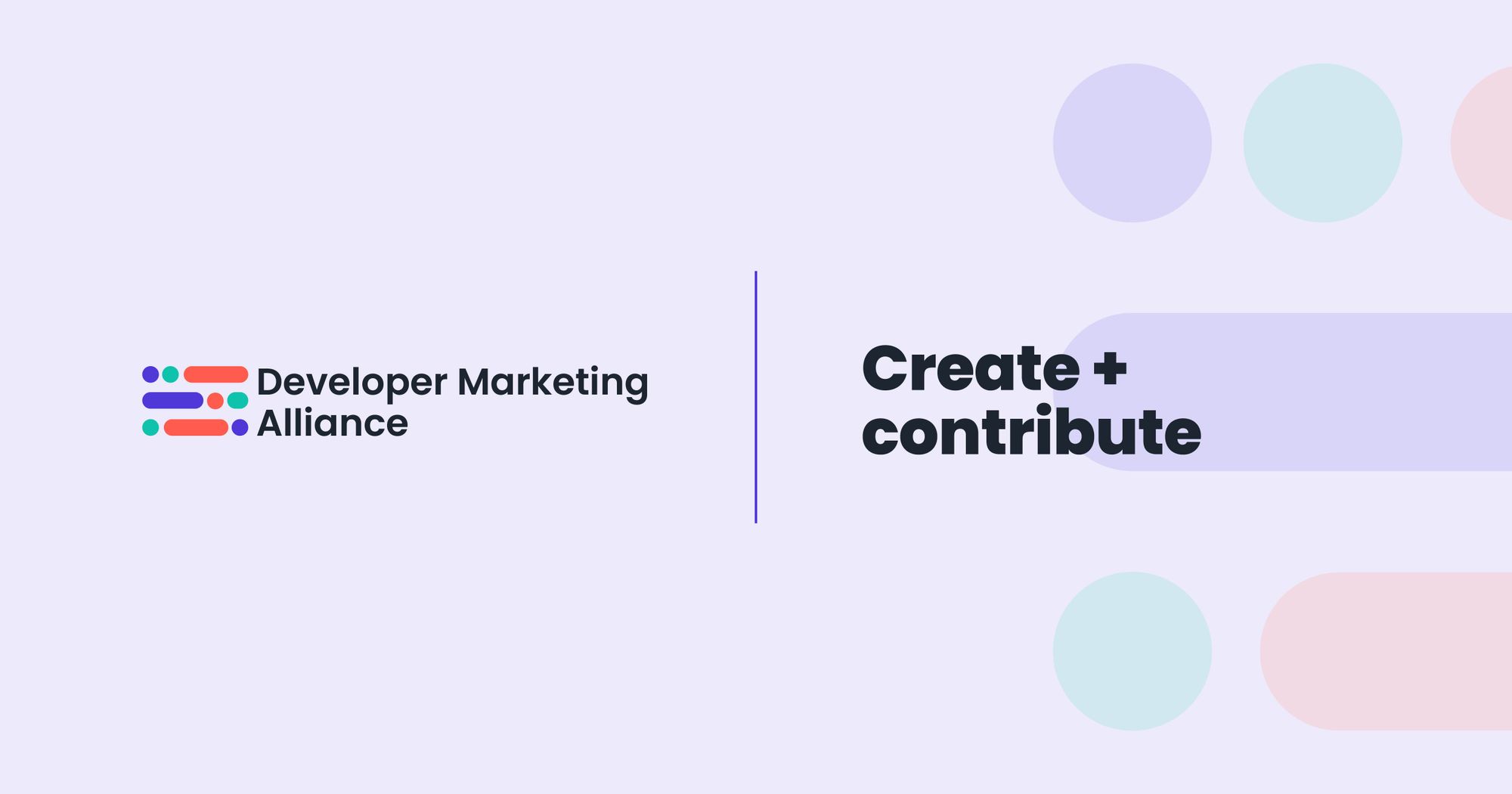Article originally published here.
I (Kristina Jaramillo – President of Personal ABM) recently asked a CMO of a channel sales tech firm about her ABM (account-based marketing) program. She rattled off the technologies they were using: 6sense, Terminus, Xant, Outreach, and others. She mentioned how they were a case study for 6sense.
While they were getting traction with their program, they were challenged to win multi-year contracts with accounts that would need a deal size of more than $75K per year. Accounts that large would consistently move forward with what they “saw” as a safe bet, which was Salesforce or another large player in the market.
They were obviously not teaching for differentiation with content and messaging that shows the impact that competitor-specific gaps would have on the target accounts.
They weren’t changing the sales and marketing conversation. They weren’t changing the interactions that sales and marketing were having with larger accounts that have the potential to provide the strongest revenue growth. They treated every account in the same way.
This story is all too familiar, as I’ve had many recent conversations with CMOs where they are making their ABM tech (Demandbase, Terminus, 6sense, etc.) synonymous with their ABM strategy.
In this article, I cover:
- How ABM & the ABM tech stack should be viewed
- How the ABM tech stack is not "fit" for ABM's purpose
- How CMOs can better leverage their ABM tech stack
How ABM & the ABM tech stack should be viewed
The CMO in my story above viewed ABM as a targeted account-based advertising and targeted demand-gen program that’s enabled by and scaled with ABM tech. During her “Less is More” interview on the ABM Done Right Podcast, Corrina Owens (Senior ABM Manager for Gong) mentioned that ABM platforms have diluted the market on what ABM is about.
Their big selling point is the targeted advertising approach -- and it has become the norm, where many have forgotten the principles of ABM and how it needs to be hyper-personal to the account, the individual buying committees, and to the human buyers themselves. This tech focus makes ABM all about campaigns and touches vs. creating differentiated, relevant moments, interactions and experiences.
It’s become a bunch of tactics (retargeted ads, emails, outreach campaigns, etc.) to get accounts into the pipeline. But it should not be about getting accounts into the pipeline. The ABM organizations that focus on pipeline KPIs and marketing sourced revenue are only doing account-based lead gen, account-based advertising, account-based awareness, and account-based demand gen.
ABM should be about how leadership, sales, marketing, revenue, sales enablement, customer success, and product teams together will hit the numbers the business needs to get to the next level.
It’s a strategy on how the teams will fix business challenges that are tied to the fundamentals of revenue: win rates, deal sizes, sales velocity, stage progression, sales cycle time, retention, ARR, margin growth, and expansion. ABM tech is only a piece of the puzzle and in many cases, I believe it should be the last piece you focus on, as CMOs and teams are not thinking about…
- How they want sales and marketing to work together.
- How they want to go to market in a relevant, account-specific way.
- The account-based enablement that will be needed to drive stage progression.
- How they need to change sales and marketing motions, the social/email/live interactions they are having with key accounts, and the experiences they are delivering.
- How they want to leverage content, messaging, social, and demand gen to change the narrative, challenge the status quo, create a buying consensus, and drive wins and account expansions with the 20% of accounts that can deliver 80% of today’s and tomorrow’s revenue growth.
- How they should be tailoring ABM to their business, their team, and their future and existing customers vs. replicating someone else’s ABM program.

How the ABM tech stack is not “fit” for ABM’s purpose
Now, don’t get me wrong. ABM tech is an important piece of the puzzle. But it’s also important to understand that ABM tech is fit for “a” purpose in an ABM program. But it does not fit for ABM’s entire purpose, which focuses on revenue growth. Here are a few examples for you to see what I mean.
A cybersecurity firm only engaged in low-value deals with its ABM program
In talking to the CMO of a cybersecurity and managed detection response firm targeting organizations using Microsoft Defender 365, we learned that they were only getting $65K accounts into the pipeline vs. $125K to $250K. The problem is... they were simply doing targeted demand gen as they were only engaging in personalized 1:few and 1:many approaches.
Their campaigns spoke at targeted accounts and “personas” and focused on general assumptions and pain points. They made their ABM program campaign-based vs. focusing on the interactions that sales and marketing teams needed to have with accounts that can deliver the greatest revenue growth. Sales and marketing teams were pushing out content and messaging and hoping that something sticks. They were still telling “everybody’s” story.
As Matthew Dixon and Brent Adamson mention in their book, “The Challenger Sale,” in most cases, buyer unresponsiveness is not because you failed to make a logical argument. It’s because you failed to make an emotional connection. It’s not that those buyers didn’t believe your story. It’s because they didn’t see it as “their” story.
So, in other words, they were doing marketing as usual, but now they were using intent data and ABM technologies to take a more targeted “spray and pray” approach. They weren’t speaking to the human buyers on every channel within target accounts that they wanted to win, protect, and expand.
They didn’t go directly to key decision-makers and influencers with insights specific to their gaps, impacts, and content that speaks to them specifically. They didn’t focus on every single interaction and touchpoint that GTM teams should have with the human buyers and how they are relevant at the industry, company, rank, division, operational, financial, personal, and customer levels.
A fintech firm was building a pipeline that goes nowhere
In talking to an RVP of Sales at a fintech firm serving mid-market banks, as well as national institutions like Wells Fargo, I learned that the company was focused on scaling ABM to build a stronger pipeline.
Their focus was on increasing the number of appointments that sales were having. But their stage 1 to close rate was 5%. And after losing most of their opportunities right from the beginning, they lost more than half the deals that progressed to stage 3.
The issue was that they were doing targeted demand gen - not ABM, which should be about getting key accounts to revenue. They relied on technology to put out content and messaging to targeted accounts, but they didn’t change sales motions, sales processes, and conversations so they could improve their win rates. They didn’t think about how they should be changing the prospect experience.
The more they focused on scaling ABM with technology, the further away they got from having the right interactions and delivering the right experiences. The more they tried to scale ABM, the more ABM became account-based advertising, account-based lead gen, targeted demand gen, and marketing as usual.
Conversational AI firm is challenged with accounts going dark after sales engagement
After the VP of Product Marketing for a large conversational AI company with deal sizes of $500K+ was on our ABM Done Right Podcast, we dug deeper into his ABM program. I learned that the team was challenged with stage progression after sales engagement. Their Demandbase campaigns created demand and built a pipeline. But there was no follow-through.
There was no account-based enablement and strategy to ensure wins. Instead of a handshake, there was a hand-off, which meant that ABM again was being treated as a targeted demand gen function.
When your revenue is on the line, sales and GTM teams need account insights so an alignment can be created with the company, with different teams, and with the different human buyers and influencers.
They need relevant messages, content, stories, insights, and skills to enable sellers in the flow of work for specific accounts—when they need it. We need to build situational fluency and influence the selling conversation and internal conversations that need to happen.

How CMOs can better leverage their ABM tech stack
So, if ABM tech should be the last step, what do ABM organizations need to do to get greater returns from Demandbase, 6sense, Terminus, Madison Logic, Folloze, and others?
First
We need to have a defined roadmap for how sales and marketing will work together to drive accounts to revenue, instead of having a hand that causes sales and marketing to separately speak at accounts.
Second
We need to stop trying to retrofit ABM into existing lead processes, lead tech, and lead reporting. This retrofitting only works if you want a lead engine vs. a revenue engine that should be driven by ABM. As CMOs, we need to change sales and marketing motions, processes, and the interactions our teams are having with future and existing customers across all channels.
We need to uncover where gaps exist in our current GTM efforts, what needs to change, why it needs to change, and how. Without change management, you will not see maximum impact from your ABM program because the company will operate as usual, but now with a targeted list.
Third
We must stop treating all ICP accounts the same. In many cases, there is no tiering, no segmentation, and no differentiation in approaches. In fact, only ⅓ of ABM programs have a balance between 1:1, 1: few, and 1:many.
This means two-thirds of ABM organizations are treating every opportunity the same. They are not thinking about each account as an investment that carries a different weight and risk. Why would you treat a tier 1 account that can provide the greatest revenue growth the same as a tier 3 account that would be just a “nice to have” client?
Fourth
Put a focus on revenue KPIs beyond MQLs and MQAs. If we’re going to focus on the complete buying journey and customer lifecycle, then we need to apply our ABM that goes beyond what we’re putting into the pipeline. Do you have accounts that are not progressing through the buyer’s journey? It’s important to figure out why accounts are not progressing and execute ABM strategies to improve that KPI. Do you have accounts that are taking too long to close?
One company we talked to was in conversations with Mastercard, Walmart and PayPal for 14 months and still not close to a deal being signed. This is where they should be applying ABM. It should focus on accelerating stuck accounts to revenue. Do you want to go upmarket and increase your deal? Then, this is where ABM should be applied.
Fifth
Build a strategy for the…
- 60% of accounts that are stuck in status quo and are not responsive to traditional campaigns
- Accounts that previously showed intent but disengaged because they did not see themselves in the story that’s being told by sales and marketing
- Accounts that are stuck in their buying journey as they do not see a differentiation or they are unable to get a buying consensus and those accounts that are
- Accounts that are at risk because decision-makers do not recognize the complete impact of your solution and/or sales, marketing, and account management teams lost engagement with the VPs and the C-suite after the deal was signed.
- Existing accounts that can provide the greatest revenue growth if only sales, marketing and account management teams can create further penetration within the target organization.
Many organizations have ABM strategies for those that engage, but they do not have the strategies above which would help them turn their lead engine into a revenue engine.
In conclusion…
Technology will only amplify the challenges your teams are having with their content, messaging and interactions. You need to get the right strategy, content and processes in place and create a proof of concept with a more personal 1:1 ABM program before you focus on scaling with ABM tech.
Once you have the proof of concept and see improvement in the revenue KPIs, you want to impact, then you look for the “purpose” that ABM tech can play in your program so it can further support your strategy vs. drive it.
It’s time we think of ABM as ABM (account-based revenue) and focus on how we will drive more revenue growth with the 20% of accounts that can deliver 80% of today’s and tomorrow’s revenue growth.
As Corrina Owens (Senior ABM Manager for Gong) mentioned on our ABM Done Right Podcast, “It’s time we take a less is more approach to ABM where we focus less on targeted demand gen and provider hyper, personal attention to fewer accounts at any given time and on the interactions we’re having with these accounts.”
Interested in helping other marketers with your knowledge? Write for us!




